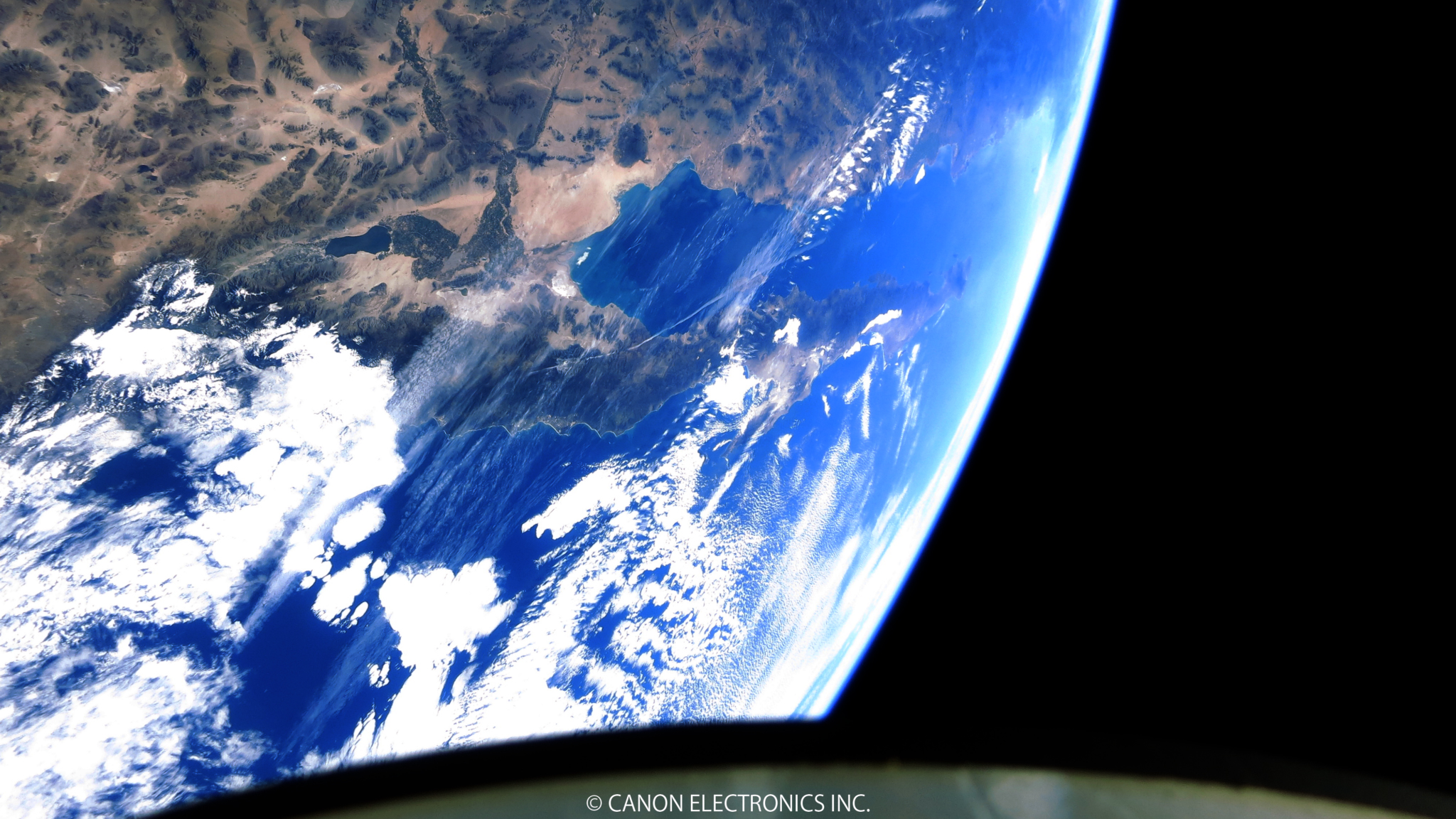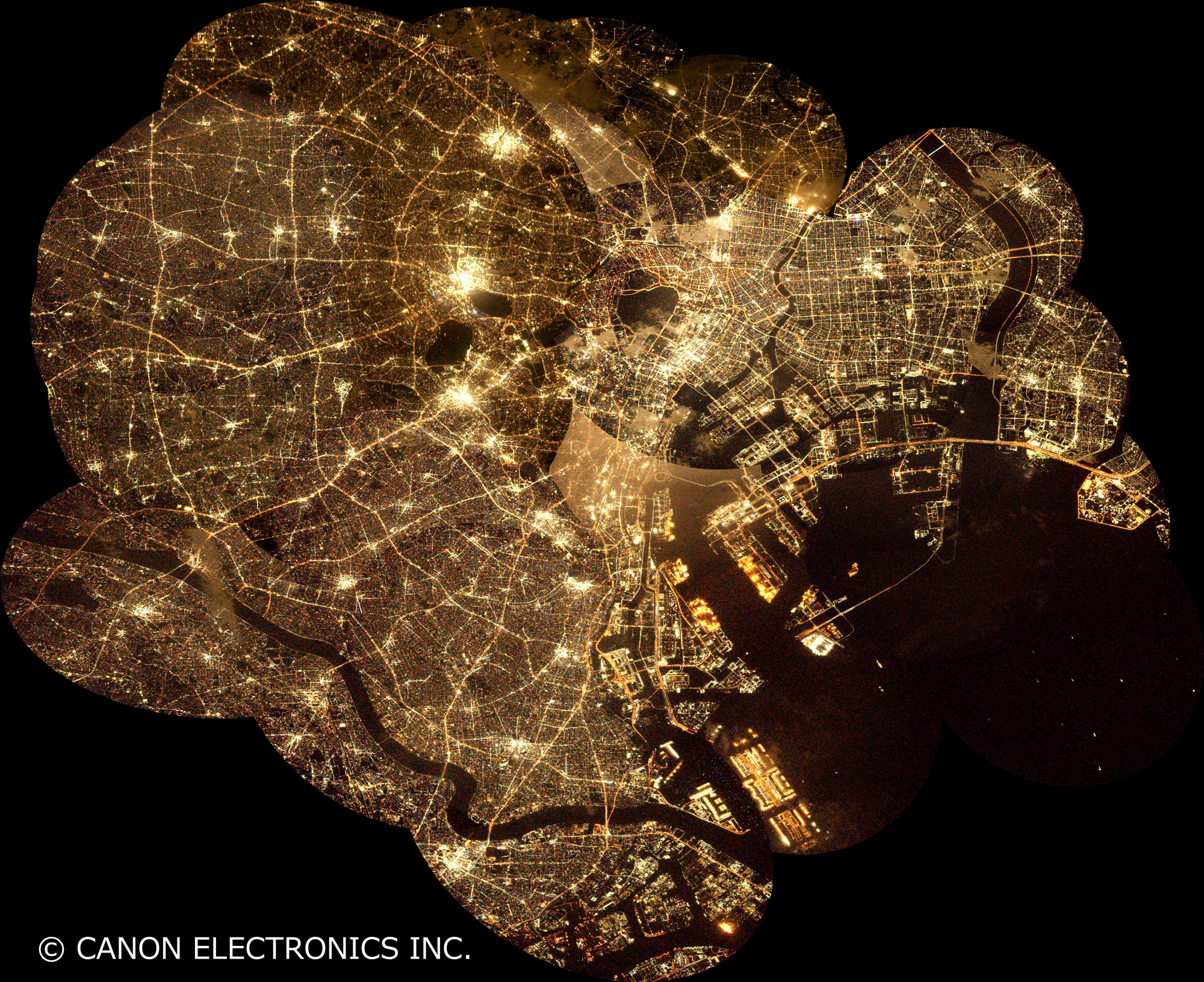
Canon may not be the first camera manufacturer you think of when you think of photography in space, with Hasselblad and recently Nikon being space agencies' first choices. However, since 2017 Canon has been transmitting incredible images back to Earth from its own small but powerful micro-satellites.
The company entered the space industry 15 years ago by launching its first satellite, the CE-SAT-1. Measuring just 500mm x 500mm x 850mm it houses a powerful image processing system and two classic Canon cameras: the EOS 5D Mark III attached to a 400mm diameter Catadioptric Cassegrain telescope, and a Powershot compact camera.

Since its first takeoff, Canon Electronic has launched two further imaging satellites using updated equipment for clearer and more accurate image capture.
In 2020 the CE-SAT-IIB was launched (after the original IB satellite crashed during takeoff), housing an EOS M100 and a PowerShot G9 X Mark II. And earlier this year, the latest satellite joined the ranks – the CE-SAT-IE.
The IE differs slightly from the existing satellites in orbit, designed to capture both stills and video through its Canon EOS R5 (attached to a 400mm aperture telescope) and Canon PowerShot S110.
The use of the Canon EOS R5 is understandable, due to it being one of the best mirrorless cameras to this day, but the inclusion of the Powershot S110, a camera launched over a decade ago, is a quizzical one as there have been modern equivalents released since.
Despite the S110 being released in 2012, the camera is being used for 'wide-area photography' and has captured some very impressive photographs of the Earth from orbit.

The combination of satellites transmits incredible images of Earth and details of space back to Canon's Remote Sensing Technology Centre in Japan, where they process the image data. This data is then used to monitor the effects of climate change, as well as for mapping and commercial use in the agricultural and traffic management industries.
Although the images are being used as evidence for data, they are also incredible standalone photographs that show the magic of the solar system and our place in it. Surprisingly the decade-old compact camera captures exceptional photographs of our blue planet.
In addition to developing the consumer cameras we're all familiar with, Canon is constantly working on extremely interesting projects in the background, using its imaging and printing equipment to provide life-changing insights into the world of science.
More images can be seen on the Canon website.
For more information on Canon cameras and astrophotography, you may be interested in our guides to the best Canon cameras, the best cameras for astrophotography, and the best Canon lenses.







